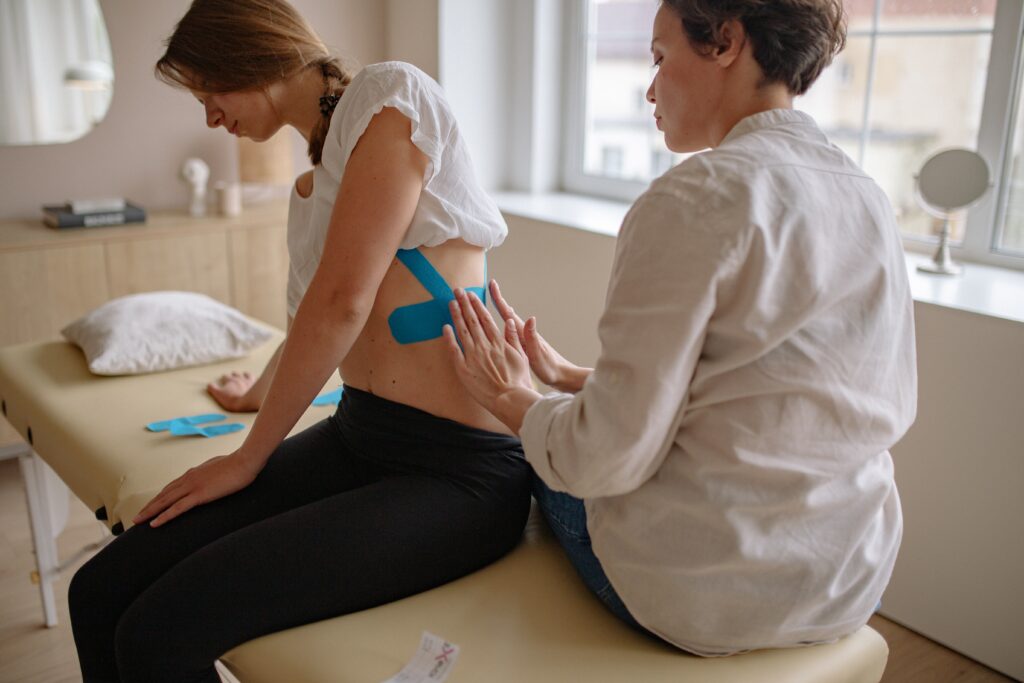Diagnosing and treating movement disorders are the goals of physical therapy, more commonly referred to as PT. When it comes to restoring function and mobility, decreasing pain, and improving overall well-being, physical therapists use a variety of therapeutic strategies. Physical therapy is an active, rather than a passive, approach to rehabilitation: Many therapy methods involve home activities for patients to strengthen and stretch themselves.
What’s Involved
Treatment of symptoms is not the objective of physical therapy but rather a long-term recovery from pain or mobility restrictions. With bad posture or weak core muscles, for example, a patient’s back discomfort may result. Strengthening the muscles around the knee joint might help alleviate discomfort caused by arthritis. Hands-on treatments by physical therapists may include physical manipulation, ultrasound therapy, and dry needling to assist a problem region recovery. In order to alleviate discomfort and enhance range of motion, a needle that does not contain medicine is placed through the skin into certain muscle groups. Assistive gadgets, such as splints for carpal tunnel syndrome or a knee brace, may be prescribed by therapists. The biopsychosocial approach is becoming increasingly popular among physical therapists. They aim to empower patients via education to help them understand why they ache and to reduce their fear of movement so that they may return to their daily routines and lead a more normal life.

Relief from Chronic Pain Symptoms
Physical therapists frequently treat lower back pain, fibromyalgia, and knee arthritis as chronic pain problems. Physical therapy has recently come to the forefront as a treatment for opioid abuse. New draft recommendations from the Centres for Disease Control and Prevention advocate physical therapy as one of the primary options for managing pain. Exercise therapy (a popular physical therapy modality) for back pain treatment Geelong, fibromyalgia, and osteoarthritis of the hip or knee has been shown to reduce pain and improve function immediately after treatment and to last for at least two to six months, according to a draft of the guidelines. Meanwhile, a scoping study identified a link between early PT therapies for pain problems such as lower back and joint aches and orthopaedic surgery recovery and a lesser likelihood that a patient would end up on opioids. Physical therapy has been demonstrated to be useful in treating many types of chronic pain in several studies:
Injuries to the knee – A comparison of individuals who had steroid injections and those who received physical therapy for osteoarthritis of the knee indicated that the former had reduced pain and functional impairment after a year.

Sciatica – According to the results of one study, people with sciatica back pain who were prescribed physical therapy after their first diagnosis had lower levels of impairment and back pain severity.
Aches and Pains in the Pelvis – Pain in the lower back and pelvis can be treated with physical therapy. Pelvic floor physical therapy was proven to reduce pain, enhance sexual performance, and reduce urinary symptoms in women who had undergone gynaecological cancer treatment.









